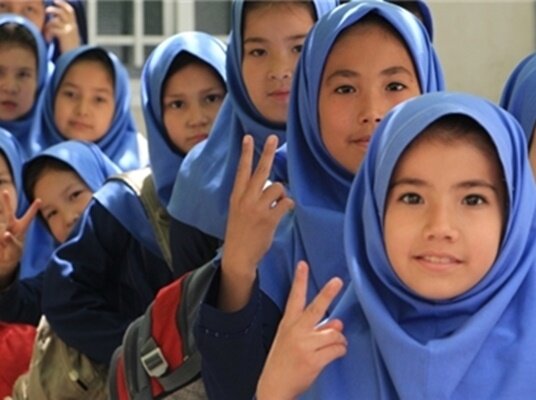Iran hosting largest, most protracted urban refugee situations

TEHRAN – The Islamic Republic of Iran is host to one of the largest and most protracted urban refugee situations in the world and has provided asylum to refugees for four decades.
The latest official government statistics in 2014, there are 951,142 Afghan refugees and 28,268 Iraqi refugees living in Iran. Many of the refugees living in Iran are second and third generation, according to the United Nations High Commissioner for Refugees (UNHCR).
About 97 percent of refugees live in urban and semi-urban areas, while 3 percent are residing in 20 refugee resorts run by the UNHCR's main government counterpart, the Interior Ministry's Office for Citizens and Foreign Immigrants.
In addition to Afghan refugees, there are about 2.5 million Afghans living in Iran, including those having a passport and undocumented Afghans. 450,000 Afghan who did not have identity cards or birth certificates have received Iranian visas that allow them to live, work or study in the country.
In addition, in an effort to organize undocumented Afghans, the government in 2017 conducted a census of a specific group of undocumented Afghans living in Iran and for more than 804,000 undocumented individuals were registered.
The legal status of refugees is defined by two international instruments, the 1951 Refugee Convention and its 1967 annex. Iran, subject to the provisions of Articles 17 (for-profit employment), 23 (government charity), 24 (Labor and Social Insurance Laws) and 25 (Freedom of Movement) on July 28, 1967, joined both the 1951 Convention and the Protocol 1967.
In recent years, however, the government has been able to gradually introduce strategic policies for refugees and provide more rights to the people of Afghanistan and Iraq living in Iran, and to provide access to basic educational, health, and livelihood services to refugees with minimal financial assistance from the international community.
Afghan refugees receive free treatment amid coronavirus
Iran ramped up its production of essential medical equipment, and independent entrepreneurs – refugees included – have redirected their efforts towards contributing to the national COVID-19 response.
However, the coronavirus shows no sign of abating and, with a socio-economic environment placed under additional strain, Iran needs more support to be able to help the increasing number of people affected by the virus, including refugees.
There are close to one million refugees in Iran and 1.5-2 million undocumented Afghans who have access to free primary health services and similarly free COVID-19 related testing, treatment, and hospitalization, just like nationals.
In Iran, UNHCR is seeking $16.2 million for its COVID-19 emergency, while requires an additional $98.7 million to support Iran in maintaining and sustaining its commendable inclusive refugee policies, under the umbrella of the Solutions Strategy for Afghan Refugees (SSAR).
Supports for Afghan refugees in Iran
Iran spends about 20 trillion rials (nearly $477 million at the official rate of 42,000 rials) every year on the education of foreign national students residing in the country, head of the international affairs department of the Ministry of Education Gholamreza Karimi said in March.
Over 474,000 Afghan national children are receiving education in Iran completely free of charge, he added.
Out of 970,000 foreigners (men and women) in working-age of 15 to 60 years, some 36,000 are under social insurance coverage in the country, head of Social Security Organization’s department for foreign nationals Ahmad Reza Khazaei said in July 2018.
Iran is host to one of the largest and most protracted refugee populations worldwide.
Refugees in the world
The COVID-19 pandemic and the recent anti-racism protests have shown us how desperately we need to fight for a more inclusive and equal world: a world where no one is left behind. It has never been clearer that all of us have a role to play in order to bring about change.
Every minute 20 people leave everything behind to escape war, persecution, or terror. There are several types of forcibly displaced persons, including, refugees, asylum seekers, internally displaced persons, stateless persons, returnees.
Refugees are among the most vulnerable people in the world. The 1951 Refugee Convention and its 1967 Protocol help protect them. They are the only global legal instruments explicitly covering the most important aspects of a refugee’s life. According to their provisions, refugees deserve, as a minimum, the same standards of treatment enjoyed by other foreign nationals in a given country and, in many cases, the same treatment as nationals.
The 1951 Convention contains a number of rights and also highlights the obligations of refugees towards their host country. The cornerstone of the 1951 Convention is the principle of non-refoulment. According to this principle, a refugee should not be returned to a country where he or she faces serious threats to his or her life or freedom. This protection may not be claimed by refugees who are reasonably regarded as a danger to the security of the country, or having been convicted of a particularly serious crime, are considered a danger to the community.
FB/MG
